24. Seven Beauties (1977)
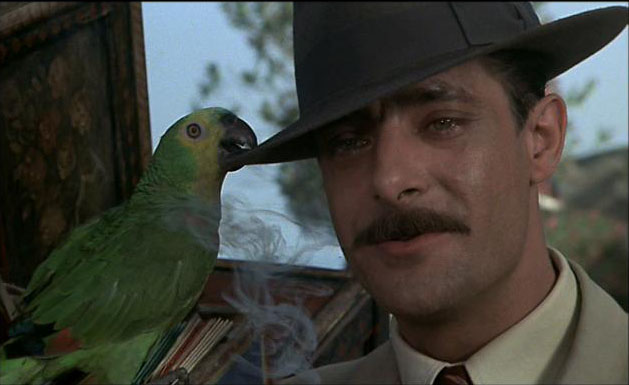
While the Seventies isn’t considered an inordinately good decade for women in film there is one distinction it does have: the decade saw the first woman ever, and the only one for a long period, to be nominated for the Best Director Academy Award. That distinction went not to a home grown talent but to Italy’s Lina Wertmuller.
Wertmuller had begun making a name for herself in her native Italy and in international art houses in the early Seventies with the success of her comedies with a serious edge The Seduction of Mimi (1972) and Love and Anarchy (1973), both starring her muse, the fine comedic actor Giancarlo Giannini, who managed the not inconsiderable feat of appearing both disreputably dashing and rather squirrely looking at the same time.
The pair scored a hit with the comedic-social structure romance Swept Away in 1974 and opened the door for the biggest of all of their hits, Seven Beauties. The title refers to the nickname of a Neapolitan hustler and con-man (Giannini) so named because he is eternally trying to rid himself of his seven ghastly and unmarried sisters during the World War II era.
After one crime too many, he is pushed into military service and finds himself fighting for survival to a greater degree than he ever imagined. The nadir is interment in a concentration camp where the only way for him to endure is to convincingly make love to an obese female commandant who comes across as a malignant Buddha. (The role is played by American actress Shirley Stoler, who, aside from being dubbed, is perfectly cast.)
The theme of how far a human being would go in order to stay alive is not funny but Wertmuller and Giannini manage to make the dark humor work superbly. The film also was nominated for Best Foreign Film and Gianni for Best Actor. Alas, their next film, 1978’s A Nightful of Rain, a bid for Hollywood success, crashed and burned. The two have continued working but Seven Beauties proved to be a high point, not a gateway to bigger and better.
25. The American Friend (1977)
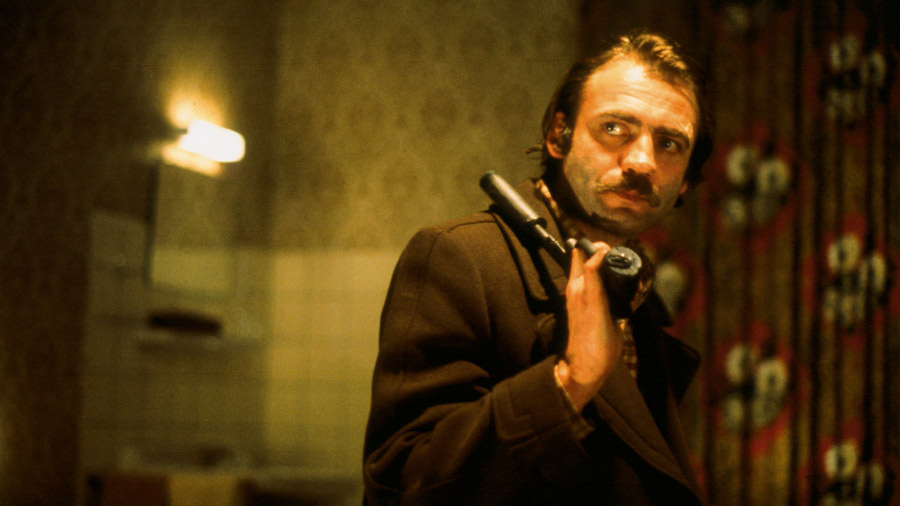
The Seventies gave birth to the New German Cinema as that once battered country was able to make a return to some of the brilliance which had been theirs in the silent and early talkie era. Beside Fassbinder, there were many bright lights and one of the brightest was Wim Wenders.
Wenders made his debut in the Seventies and by the middle of the decade he had established himself as someone to truly watch. Though his earlier films had been regional and art house hits the one which opened the door for him internationally was The American Friend.
In the tradition of many European artists who worship American genre specialist, Wenders chose to create an adaptation of US suspense author Patricia Highsmith’s works concerning the charming but lethal con man and rogue Tom Ripley.
Ostensibly he adapted Ripely’s Game and Ripley Under Ground but the adaptations were not very faithful by design (and to the original author’s displeasure) and the casting of one time Hollywood hot shot Dennis Hopper (then a rather drug addled mess) as Ripley raised a few eyebrows.
However, the film, which sees Ripley, for reasons of his own, pull a fatally ill picture framer into a dangerous plot for his own ends, became Wender’s own highly emotional drama and character study in place of the original. The true lead in the filmis the great German actor Bruno Ganz as the innocent man pulled into wrong doing in an effort to care for the family he will soon leave behind.
The film is also a comment on international culture (the plot also involves forgery and the faking of an US painter’s death for profit) and is a deft suspense film as well. Wenders also couldn’t resist casting American directors Samuel Fuller and Nicholas Ray, helping to achieve the pop art feel of the film. Purist may not have liked it but the film has grown in stature as a neo-noir film ever since and helped Wenders to go on to a marvelous career in Europe and the US (indie division).
26. Aguirre, the Wrath of God (1977)
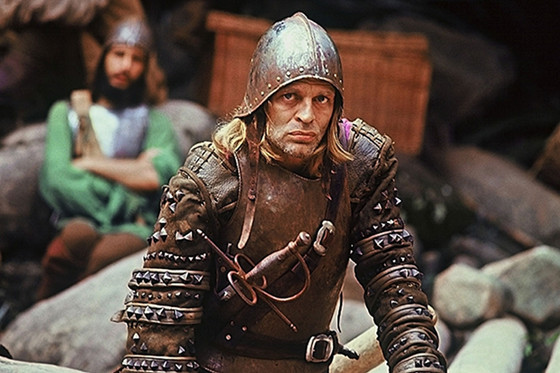
Of all the German New Wave directors, perhaps the one with the most solid career in the end is the excellent Werner Herzog. Though he has switched to making documentary films in the Nineties, he has had a most exciting career in both fiction and non-fiction.
His fame in feature films rests mainly on the handful of incisive and probing films he made with his devoted frenemy, actor Klaus Kinski (and one of Herzog’s best documentaries was 1999’s My Best Fiend, a chronicle of their stormy relationship).
Their first film together was also Wenders international breakthrough (Kinski had been known but this inaugurated a new phase to his career). The plot, taken from historical fact, centers on Lope de Aguirre (Kinski), a 16th century Spanish conquistador who is leading an expedition down the Amazon searching for the fabled city of gold, El Dorado.
Unfortunately, Aguirre is going insane and the journey becomes one of increasing madness, mayhem and murder. Actor and director were so well matched due to the intense obsessive quality Kinski seemed to wear like a second skin and Herzog’s innate coolness.
This tension would become a running theme in their films and Herzog himself would cross over into a form of craziness himself with 1982’s Fitzcarroldo, another film about a mad Amazon expedition. (The arguments between the two got so bad the natives offered to kill Kinski for Herzog and he admitted that he wondered if he did the right thing in refusing the offer.) Beautifully made and downright hallucinatory, Aguirre stands as one of the finest films concerning the insanity of megalomania.
27. The Tree of Wooden Clogs (1978)
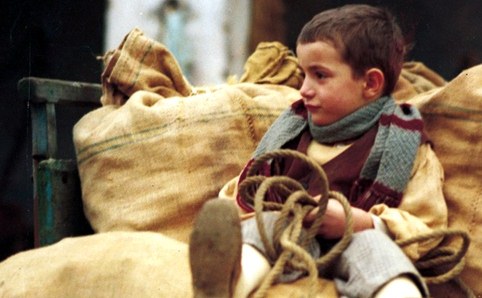
Many over the years have proclaimed Italy’s Ermanno Olmi as the least known of great directors and there is ample evidence to support this. His filmography is not extensive and none of his films were ever massive art house favorites. However, the critics have always proclaimed his superlative artistry and those who have sought out his films have been richly rewarded.
Olmi came out of the neo-realist tradition and was able to blend the documentary like realism of that moment with the conventions of modern feature film making. The jewel in Olmi’s collection is the unforgettable The Tree of Wooden Clogs. The film chronicles a span in the lives of peasant farm workers in 19th century Lombardi.
It is doubtful that if documentary film making had existed during that time the results would have been much, if any, different from the depiction of the characters and events portrayed in this film. Instead of an artificial plot, Olmi concentrates on the accumulation of details and episodes in the character’s lives in order to paint a fresco of the times and people.
The fact that he uses authentic farm people in lieu of actors shows the level of dedication the director invested into the work. Though not the stuff of a crowd pleaser, The Tree of Wooden Clogs is a monument of Seventies cinema.
28. The Marriage of Maria Braun (1978)
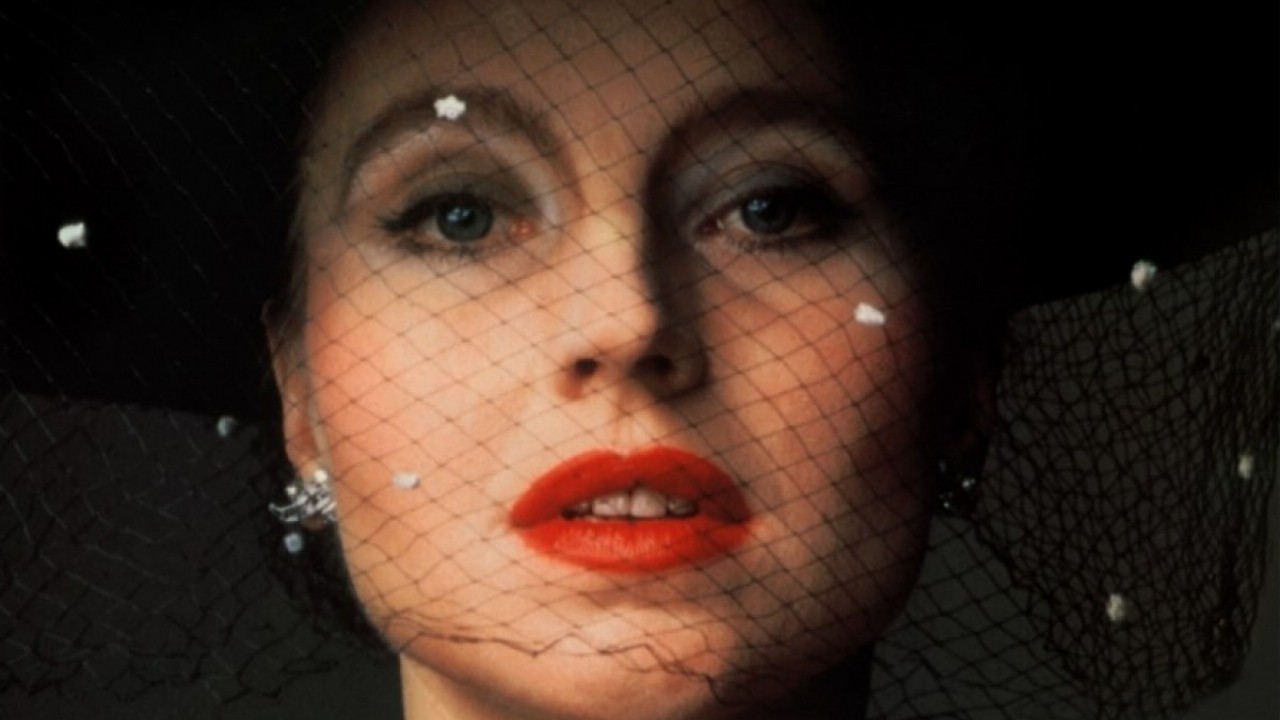
Perhaps Fassbinder knew deep down that his life would be short and fast (and fast was the word). He moved to the zenith of his career rather quickly (and seemed to have peaked by the time of his death). For many his BRD trilogy, films which looked at the history of post-World War II Germany through the lives of three intriguing women, was his finest hour.
The best remembered of the three, and the director’s biggest box office hit ever (and only Oscar nominated film) was the first of the three, The Marriage of Maria Braun. Maria (played by Fassbinder’s greatest discovery, the superlative German actress Hanna Schygulla) is the spirit of the post-war “economic miracle”.
Married to her husband Herman during the war, literally amid bombs falling, Maria must make her own way in the reforming world of her country when her husband, just back from being presumed dead in the war, takes the wrap for an understandable killing Maria has committed.
Maria will do whatever it takes to get ahead in this treacherous world but, in her own fashion and mind, she will remain faithful in spirit to her husband. However, life will present her with quite a surprise which will undo her monumental efforts.
This film shows how much Fassbinder loved the Hollywood style for its much like a 40s Joan Crawford melodrama given a vibrant and more honest new life by a knowingly ironic film maker. However, all of Fassbinder’s skillful artifice might well not work if it didn’t have a magnetic lead performer and the wonderful Schygulla turns this into her finest hour.
29. Stalker (1979)
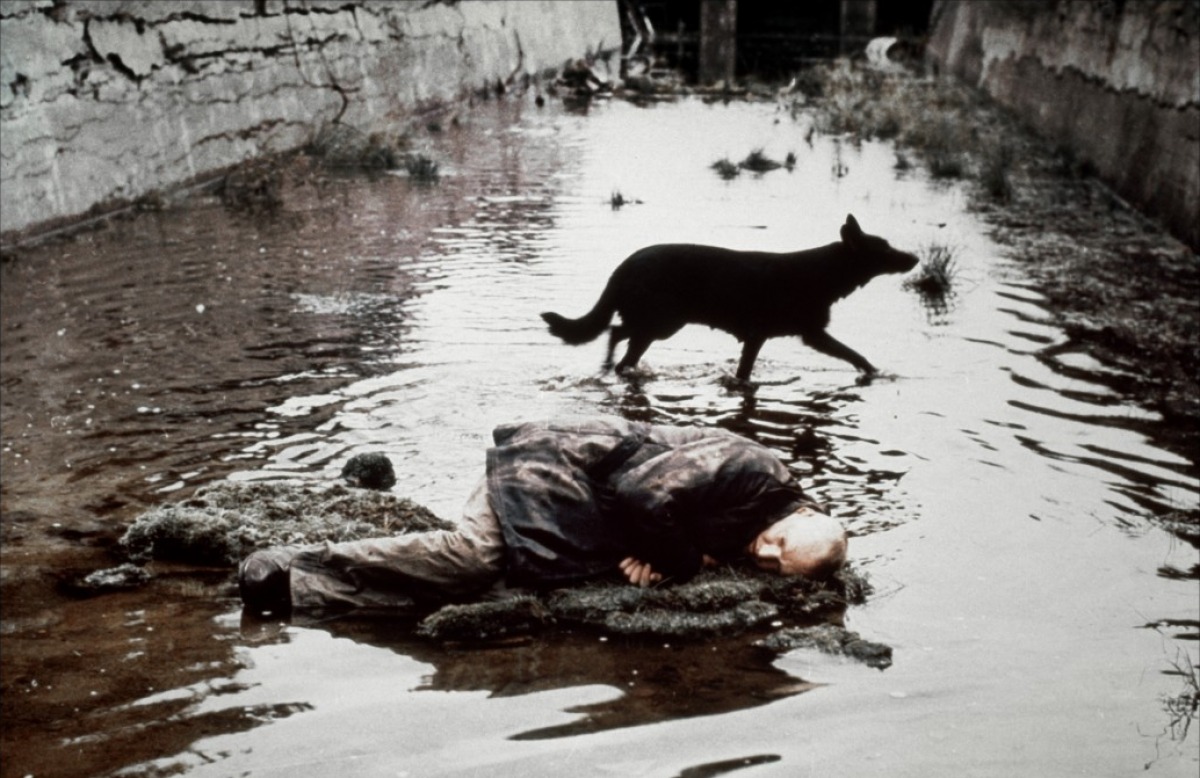
The success and reputation of Solaris were so overwhelming that many now overlook Andre Tarkovsky’s other fine science fiction film, Stalker. Like the earlier film, adapted from a novel, Roadside Picnic by Boris and Arkady Strugatsky, Stalker is set in a world which appears to be post-Apocalyptic. Is this dysfunctional world there is a territory designated as The Zone.
The authorities have declared this place off limits but there are rumors that a room exists within The Zone which will grant those to enter it their greatest desires. The only way to get to this territory is with the help of The Stalker (Alexander Kaidanovsky),who guides those paying him with great danger being present for the clients and himself.
As the film opens, the characters of The Writer (Anatoly Solonitsyn) and The Professor (Nikolai Grinko) seek The Stalker’s help since both individually are in emotional crisis. As the story proceeds, things conspire to show that all concerned, including The Stalker’s family have mixed motives and feelings involving The Zone and the room therein.
Just as with Solaris, it becomes obvious that the science fiction premise is a pretext through which Tarkovsky will explore deep emotional and spiritual themes at great length and at his own deliberate pace. For many, this film was a difficult journey and an obscure one but it has gained resonance with the years (especially after the infamous Chernobyl nuclear power plant incident) and has attained the position of a classic of its genre.
30. Quadrophenia (1979)
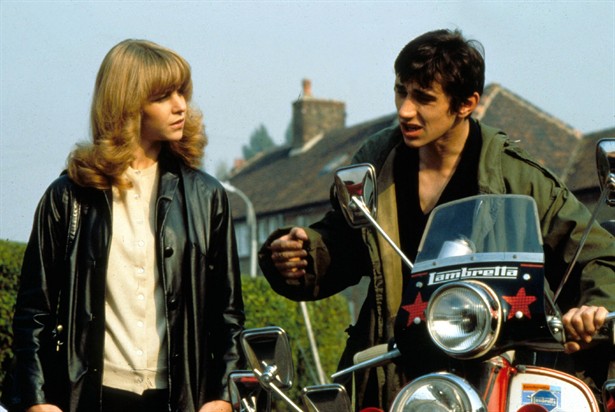
Though the British “Kitchen Sink” movement didn’t really survive the Sixties, it did influence several fine British films of the following decade which continued to take a realistic look at the less than privileged classes in the United Kingdom. Oddly enough, one of the most interesting of these films was a picture which looked back to a seminal event of the Sixties, one not covered in the films of that decade.
During the early Sixties there were a lot of disaffected youths who rejected the older British customs and mores and sought to find their own new world order. One big obstacle was the big difference in style between two large youth factions, designated The Mods and The Rockers (one being more fashion conscious and the other more in tune with the exciting pulse of the rock music of the day).
The story is told through the eyes of Jimmy (newcomer Phil Daniels), a rather dissatisfied young man stuck in a menial job and hating his environment. He will become involved in the infamous clash between the two forces on the beach of Brighton, where he will have a moment of personal glory before unhappily falling back into his old lifestyle and emotional crises.
The film was inspired by a classic album by the great rock group The Who and the songs on the soundtrack aid the film immeasurably. The film also marked the screen debut of rock star Sting (a compelling presence, though he has no dialog). The director was Frank Roddam, who did not go on to a major career. However, this atmospheric, perceptive and powerful film stands as a tribute to the cultural moment in time it examines and a tremendous era in film making.
Author Bio: Woodson Hughes is a long-time librarian and an even longer time student/fan of film,cinema and movies. He has supervised and been publicist for three different film socieities over the years. He is married to the lovely Natalie Holden-Hughes, his eternal inspiration and wife of nearly four years.